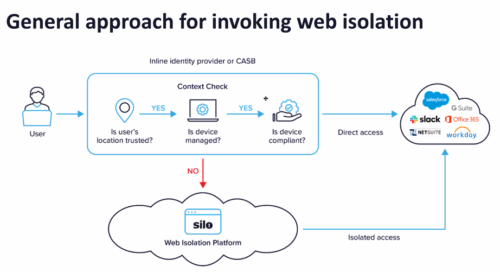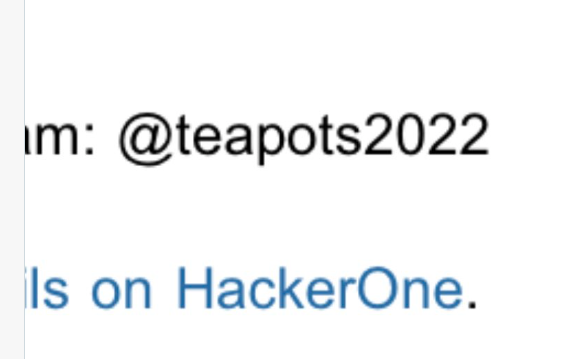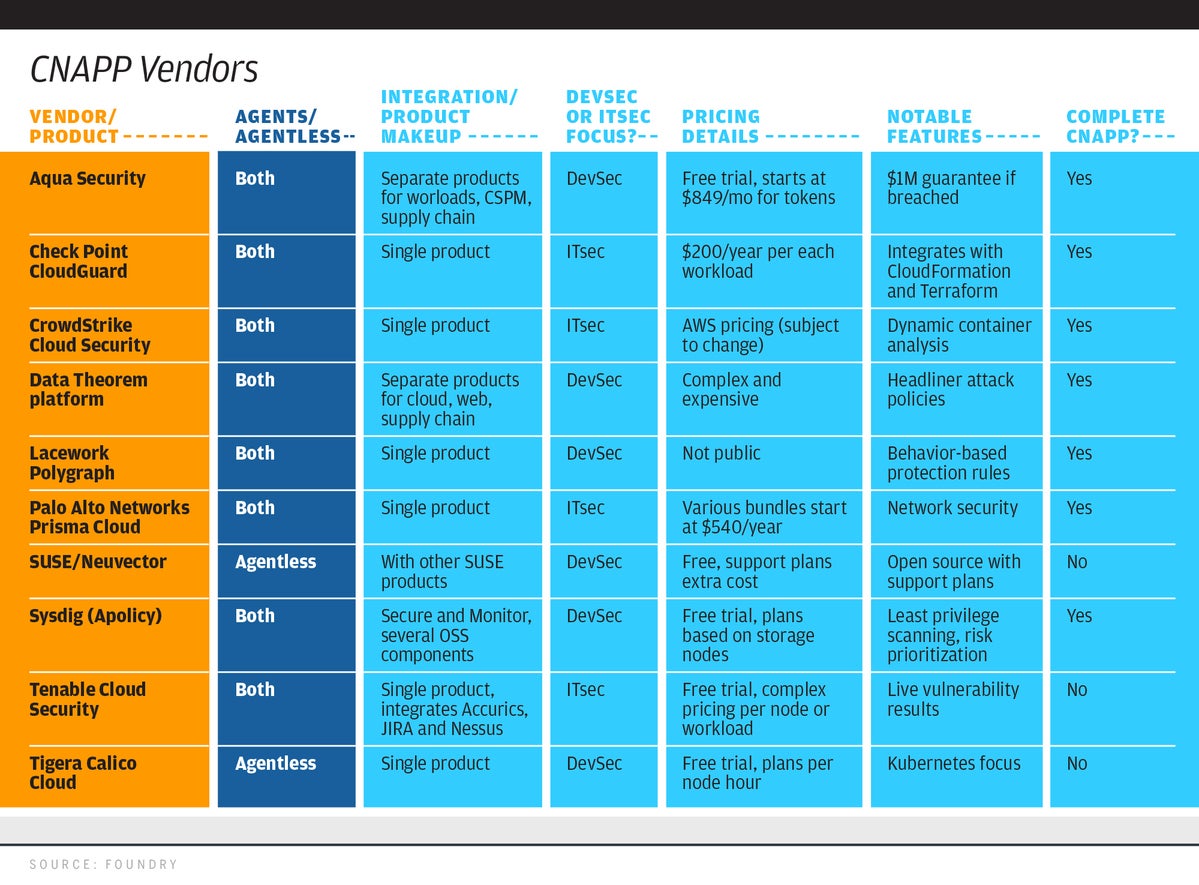I have been writing about authentication when it comes to the digital world for many years now. Last month I looked at authenticating sports memorabilia. Today’s story takes another look, this time about the ability to authenticate a painting by a world-class artist.
I got interested in this issue after reading a piece in the New Yorker about paintings by Lucien Freud (a relative of the doctor). The article mentioned a Swiss tech company called Art Recognition that uses machine learning and neural networks to authenticate art. I spoke to two of their 11 employees by phone to learn more about their technology and their customers, Ludovica Schaerf, an AI developer and data scientist and Romanas Einikis, their CTO and one of their founders.
Before the Swiss data scientists got involved, art experts required the actual artworks to be present in their own labs. This meant that the art had to be insured and shipped, typically great distances and at great cost. Once in their possession, the experts could keep the work for weeks or months as they examined it. “We don’t require the physical artwork in our presence,” said Einikis. “That saves on insurance and transportation costs, and also reduces the amount of time to obtain an analysis.” The scientists just require photographs of the work, and typically take a week to produce their analysis. A simple certification of authenticity costs less than $1,000.
The data team collects as many images of the artist’s work as they can obtain, typically from public domain sources or from museum and collectors’ websites. (This is legal under Swiss law, BTW.) These pictures — along with known fakes and similar work from other contemporary artists’ paintings — are fed into more than 30 different data models that are run to produce a probability score. The models take advantage of cloud computing from AWS and Azure. “It doesn’t make sense to have on-premises machinery – it is a big headache and not worth it and the cloud is much more cost-effective,” he said. The models make use of NVIDIA GPUs and the CUDA tools for computer vision that were originally developed for video gaming.
To date, the company has found about half of the art works are fakes, which isn’t surprising given that the company gets called in when their provenance is questionable.
I asked a friend and former art gallery owner what she thought about this approach. She said that the art world is highly political and the traditional experts often have a vested interest in not being convinced by any computer program. She was concerned that many artists’ early works or unfinished works make this type of approach more difficult, but Einikis assured me that their models take this into account, along with incorporating information about which paintings were most likely created as collaborations among several assistants to the named artist. He mentioned that Reubens had periods of his painting career when his workers were helping paint the paintings. “We have to separate these different periods as part of our modeling process,” he said. So far, they are the sole provider of this type of service. It is an interesting intersection of art and science.
 The web browser has long been the security sinkhole of enterprise infrastructure. While email is often cited as the most common entry point, malware often enters via the browser and is more difficult to prevent. Phishing, drive-by attacks, ransomware, SQL injections, man-in-the-middle, and other exploits all take advantage of the browser’s creaky user interface and huge attack surface, and the gullibility of most end users.
The web browser has long been the security sinkhole of enterprise infrastructure. While email is often cited as the most common entry point, malware often enters via the browser and is more difficult to prevent. Phishing, drive-by attacks, ransomware, SQL injections, man-in-the-middle, and other exploits all take advantage of the browser’s creaky user interface and huge attack surface, and the gullibility of most end users.
 Roughly a third of all connected devices have insecure defaults, such as no or weak password protection or poor software design, that make them ripe for exploits.
Roughly a third of all connected devices have insecure defaults, such as no or weak password protection or poor software design, that make them ripe for exploits. Last week, an 18-year old hacker used social engineering techniques to compromise Uber’s network. He compromised an employee’s Slack login and then used it to send a message to Uber employees announcing that it had suffered a data breach.
Last week, an 18-year old hacker used social engineering techniques to compromise Uber’s network. He compromised an employee’s Slack login and then used it to send a message to Uber employees announcing that it had suffered a data breach.  Even still, that is a lot of software to manage, integrate, and understand. However, almost none of the products that claim to be CNAPP have a full set of features that incorporate all four of these categories. In this
Even still, that is a lot of software to manage, integrate, and understand. However, almost none of the products that claim to be CNAPP have a full set of features that incorporate all four of these categories. In this